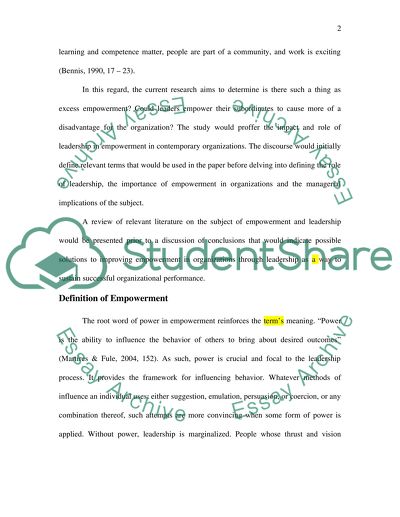Cite this document
(“Empowerment: Impact/Role of Leadership Research Paper”, n.d.)
Retrieved from https://studentshare.org/family-consumer-science/1410128-empowerment-impact-role-of-leadership
Retrieved from https://studentshare.org/family-consumer-science/1410128-empowerment-impact-role-of-leadership
(Empowerment: Impact/Role of Leadership Research Paper)
https://studentshare.org/family-consumer-science/1410128-empowerment-impact-role-of-leadership.
https://studentshare.org/family-consumer-science/1410128-empowerment-impact-role-of-leadership.
“Empowerment: Impact/Role of Leadership Research Paper”, n.d. https://studentshare.org/family-consumer-science/1410128-empowerment-impact-role-of-leadership.


